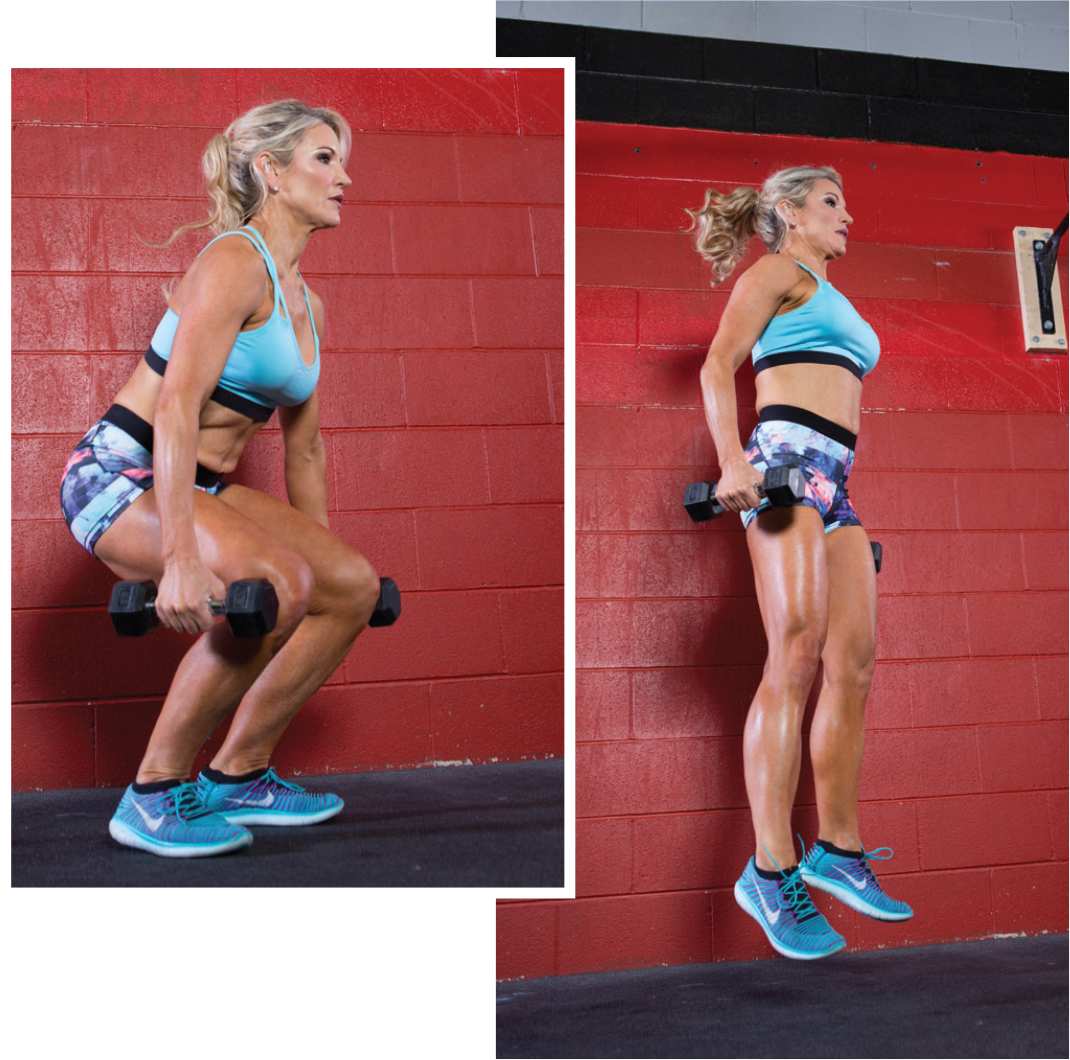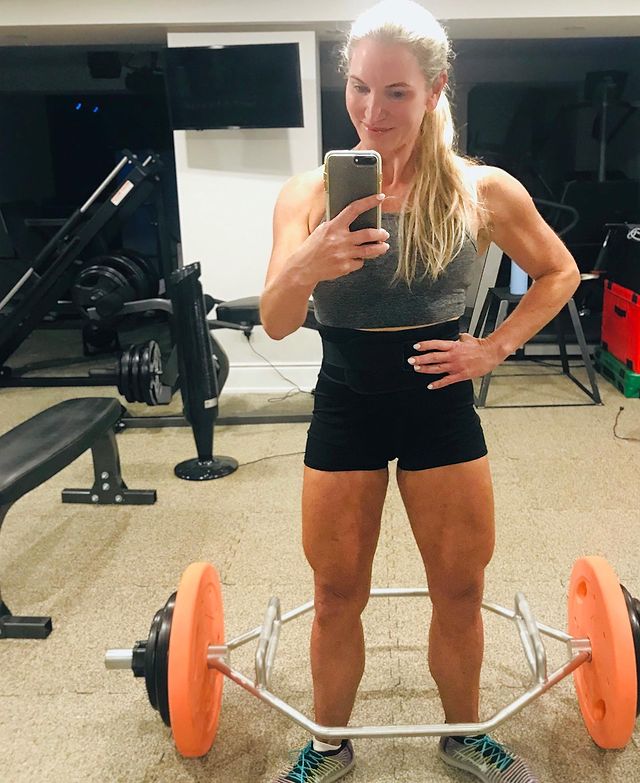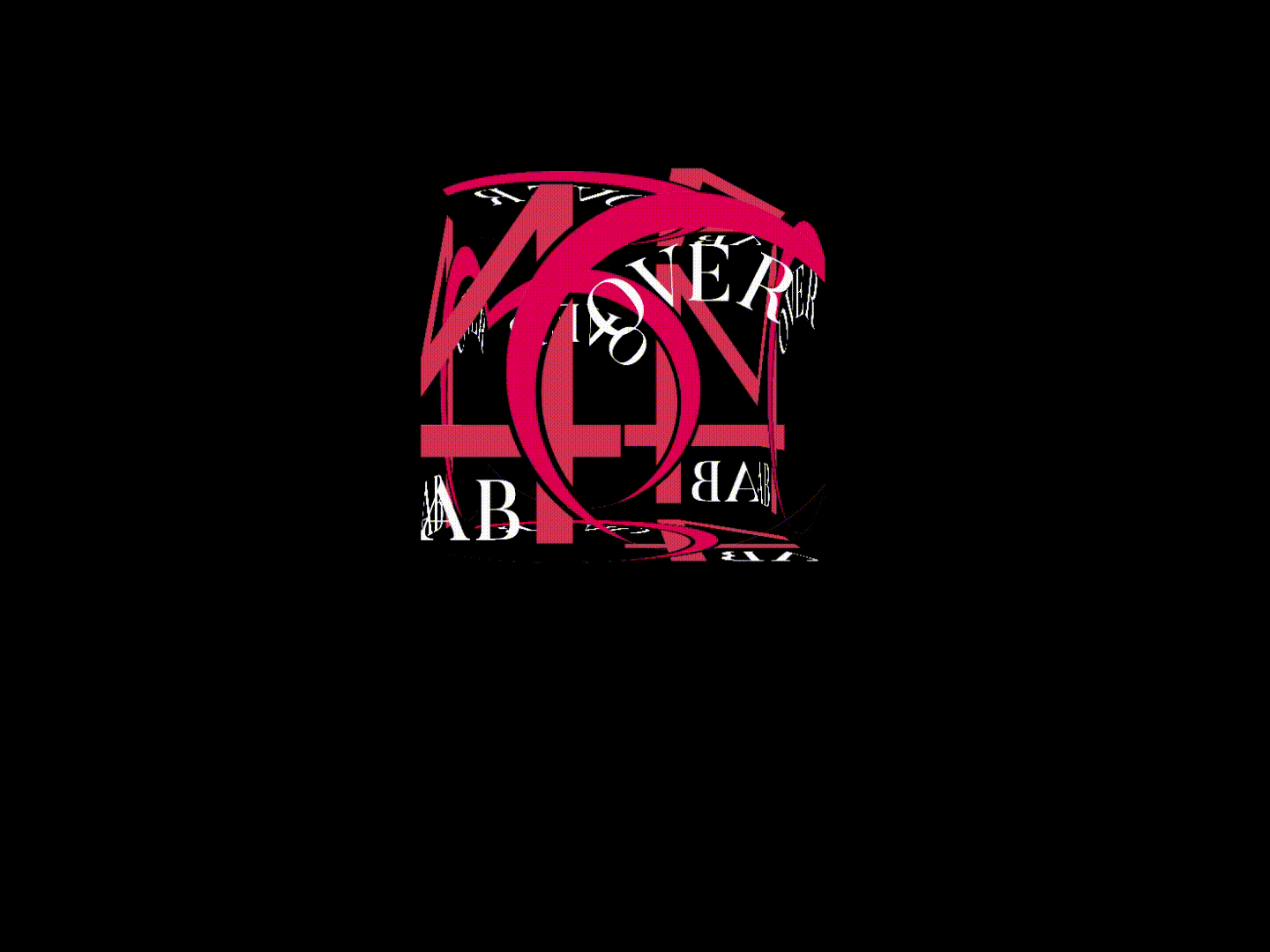WHY THESE BENEFICIAL MOVEMENTS NEED TO BE PART OF YOUR WORKOUT.
Many women say they just don’t have the time with their busy schedules to have a quality workout. An excellent way to get a full-body, efficient workout is the use of compound exercises. A compound workout is a move that incorporates multiple muscle groups, meaning you can achieve great results without spending hours in the gym.
COMPOUND MOVEMENTS DEFINED
A good example of a compound movement is a squat, which works the quads, glutes, hamstrings, and calf muscles. In contrast, an isolation movement such as a biceps curl, works only the biceps. A well-designed workout using compound movements instead of isolation exercises can stimulate all of the major muscles in the body. Also, compound movements can help increase overall muscle mass as well as calories burned.
They require more effort to complete since you’re working multiple muscles. In addition, compound movements are often functional movements, which means they can make daily activities easier. For example, a squat can assist with how we bend to pick up items from the ground. A squat trains the body to use the legs to lift (instead of rounding and possibly injuring the back that way).

COMPOUND EXERCISES WORK THE CORE
Another benefit of compound exercises is the recruitment of core-stabilizing muscles. In other words, your abdominal muscles stabilize you in order to perform these exercises. You can get a great abdominal workout without having to add additional core exercises.
HOW TO ADD COMPOUND MOVES TO YOUR WORKOUT
There are two ways to incorporate compound movements into your workout. You can use compound moves such as a squat, or you can group two isolation moves together such as a biceps curl and a shoulder press. To really increase the effectiveness of your workout, pair two exercises that include at least one compound move. A workout utilizing compound movements does not require the use of heavy weights. Many exercises such as lunges, glute bridges, squats, and push-ups can be done using just body weight. The most important thing to remember with any compound movement is to ensure you’re executing the move with the correct form. This provides the most benefit and can help prevent injury.
Full-Body Compound Workout
The following workout is an excellent full-body workout, as each set strings together two exercises. Each lower-body movement in this routine is a compound movement itself, and it can be done as a circuit. Complete one circuit, and repeat for a total of three.
GLUTE BRIDGE WITH PRESS
TARGETS: Hamstrings, glutes, pectorals, shoulders, triceps, abdominals.
A glute bridge is both a compound and an isometric exercise. An is o-metric exercise is one where you hold a position under tension. This helps build stability and strength. The chest press is also a compound movement.
1. Lie on your back with your knees bent and feet flat on the floor.
2. Hold a dumbbell in each hand so the weights are directly above your chest with your palms facing away from you.
3. Press your hips up away from the torso and forms a straight line with your hips. Contract your abs for stability.
4. Press the weights straight up above your chest and then lower them with control.
5. Lower your hips at the end of each set.

ONE-LEGGED DEADLIFT WITH REAR-DELT FLYE
(3 steps for 12 each leg)
TARGETS: Traps, shoulders, abdominals, quads, middle back, glutes, hamstrings.

Both the deadlift and rear delt fly are compound exercises.
1. Hold a pair of dumbbells at your sides.
2. With the dumbbells hanging down at arm’s length, begin the exercise by raising the dumbbells up and out so that you pinch your shoulder blades together at the top of the movement.
3. Lower the weight back down to arm’s length. This completes one rep.
4. Repeat on the other side.
SIDE LUNGE TO CURTSY LUNGE WITH FRONT RAISE
(3 steps for 15 on each side)
TARGETS: Glutes, hamstrings, quads, shoulders
Both the side and curtsy lunge are compound movements; a front raise is an isolation movement.

1. Start with your feet hip-distance apart and hold a dumbbell in your right hand.
2. Step out into a side lunge with your left leg, lowering as much as possible, but no lower than 90 degrees. Keep your toes pointed forward and your right leg straight.
3. Push off with your left foot and step back into a curtsy position with your left leg crossed behind your right as you raise the dumbbell forward and up. Keep your hips square and curtsy tight.
4. Repeat by stepping immediately back into the side lunge and lowering the dumbbell.
SQUAT AND HOLDWITH BICEPS CURL
(3 steps for 12 curls)
TARGETS: Glutes, hamstrings, quads, erectors, back, abdominals, biceps
Holding the squat makes it a compound and isometric exercise. A biceps curl is an isolation movement

1. Stand with your feet shoulder-width apart, holding dumbbells in both hands
2. Bend your knees and lower your hips into a deep squat until your thighs are at least parallel to the floor (squat as deep as you can).
3. Hold the squat position and perform the biceps curl.
4. Push through your heels and squeeze through the glutes to return to standing.
SQUAT JUMPS WITH DUMBBELLS
(3 steps for 12 jumps)
TARGETS: Glutes, hamstrings, quads, erectors, back, calves, abdominals
A squat jump is both a compound and a plyometric move, which is an explosive exercise to help increase power. Adding weights increases the difficulty, but it’s not necessary with a squat jump, it is not necessary to land as deep as you would with are gular squat.

1. Stand with feet shoulder-width apart, holding a pair of dumbbells at your sides, with knuckles facing away from your body.
2. Bend at the knees to lower your body into a squat. Your thighs should be parallel to the ground.
3. Launch your body upwards to jump off the ground.
4. Land gently back into the squat position.
PHOTOS BY @CHRISVLINTON
















